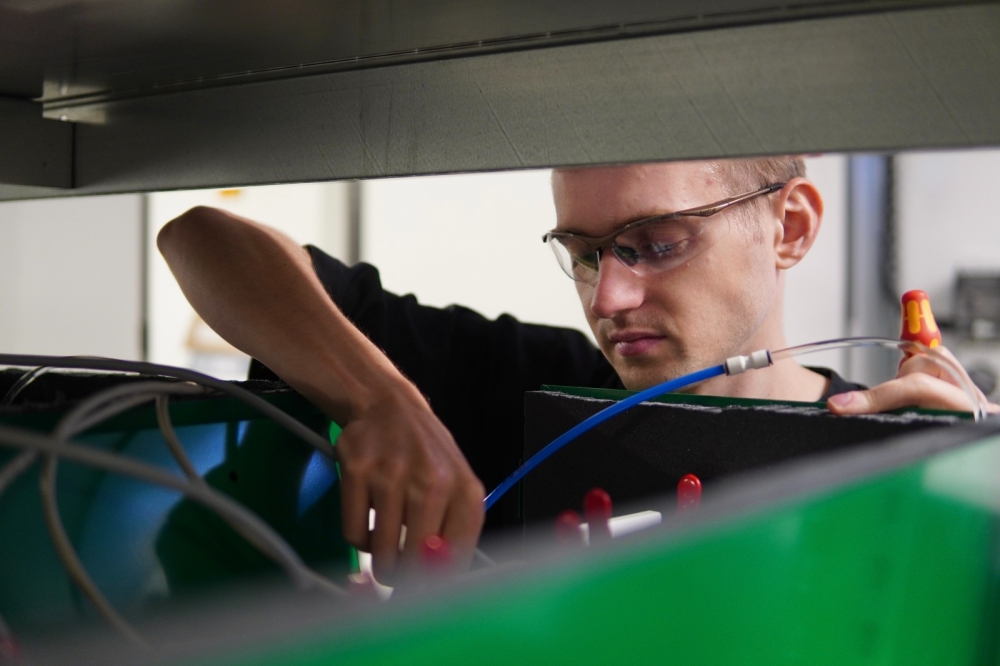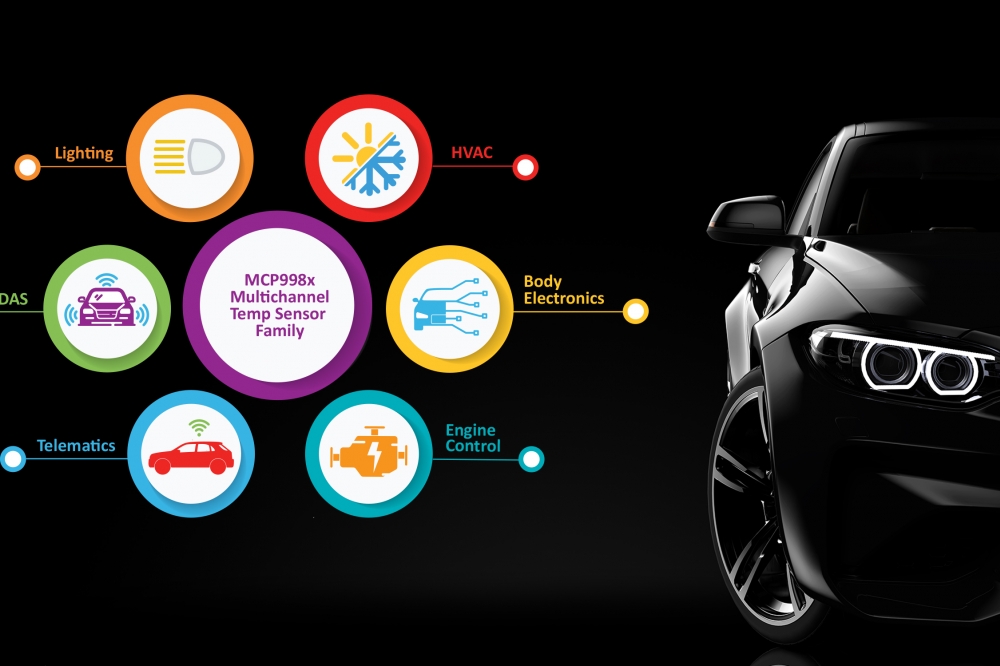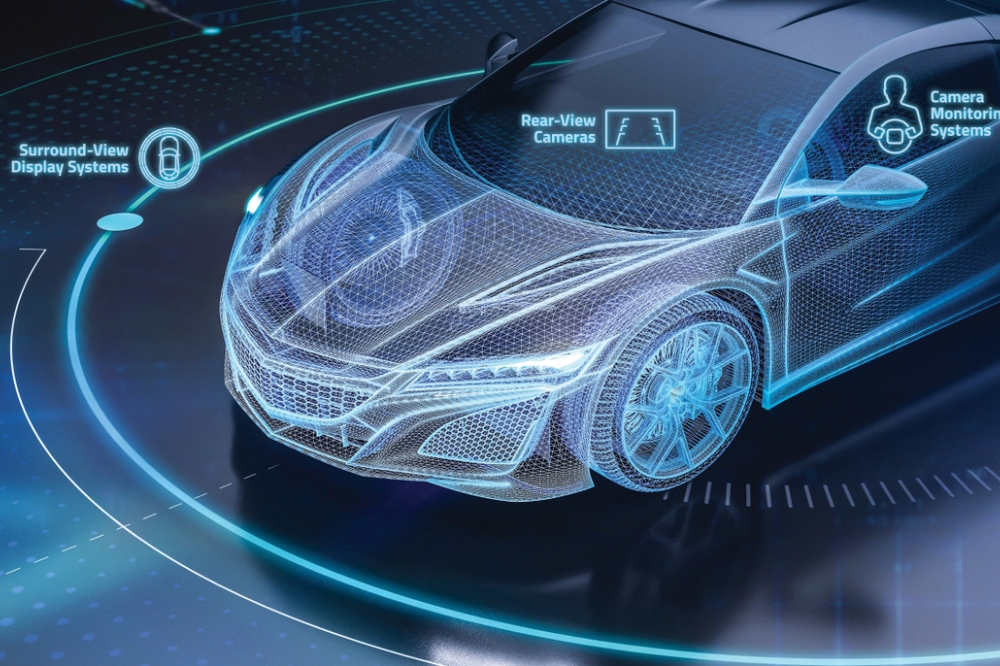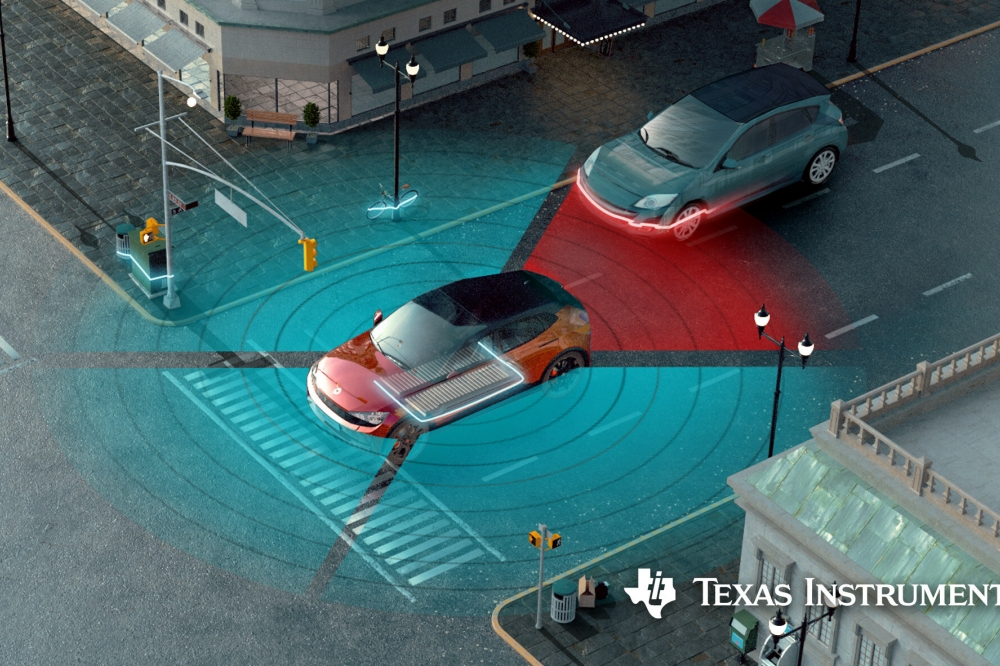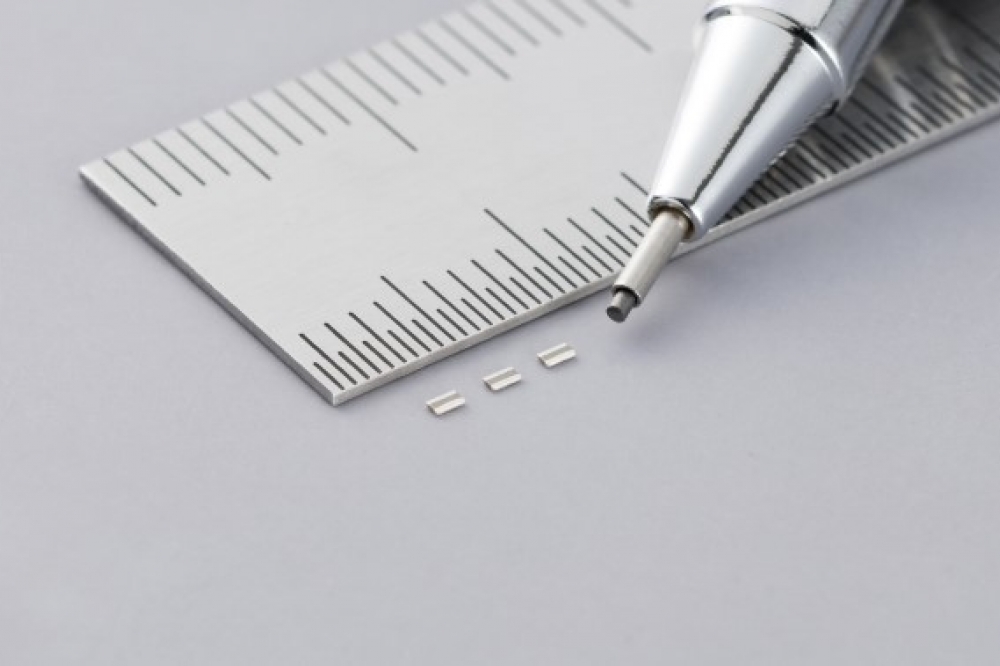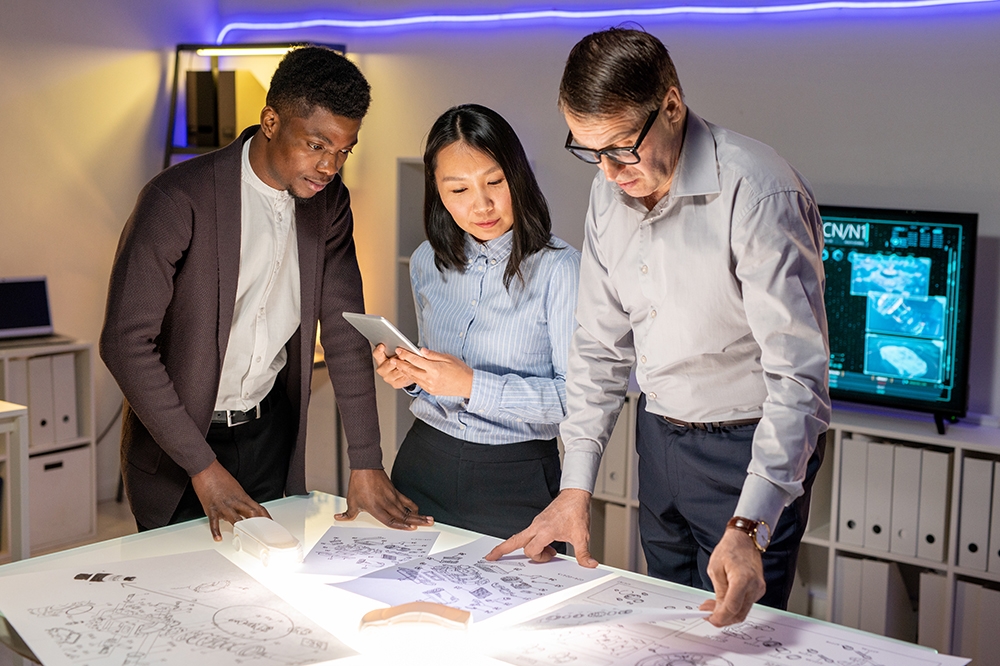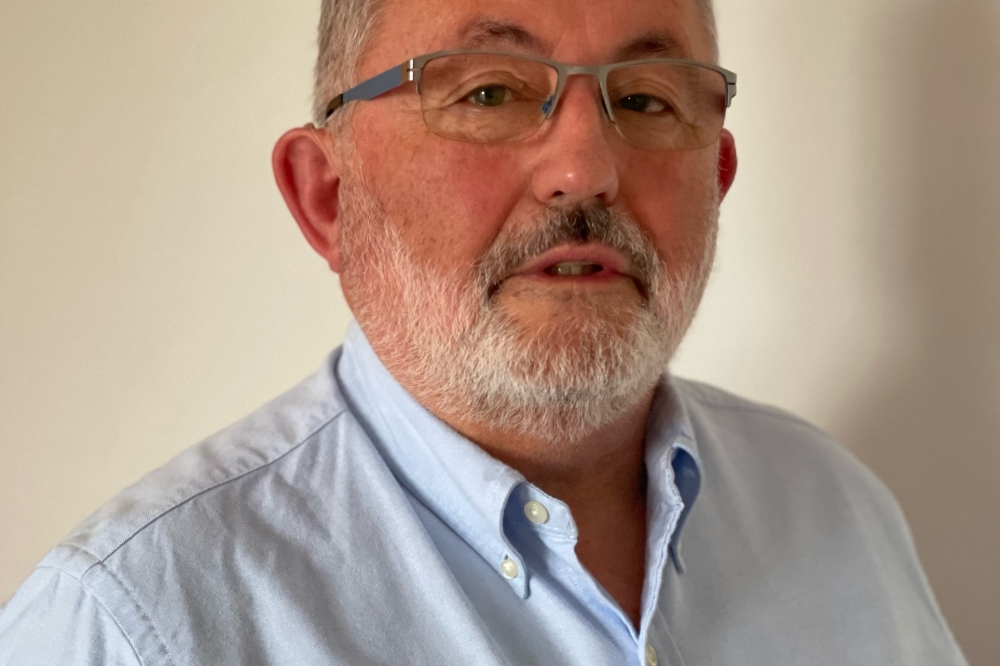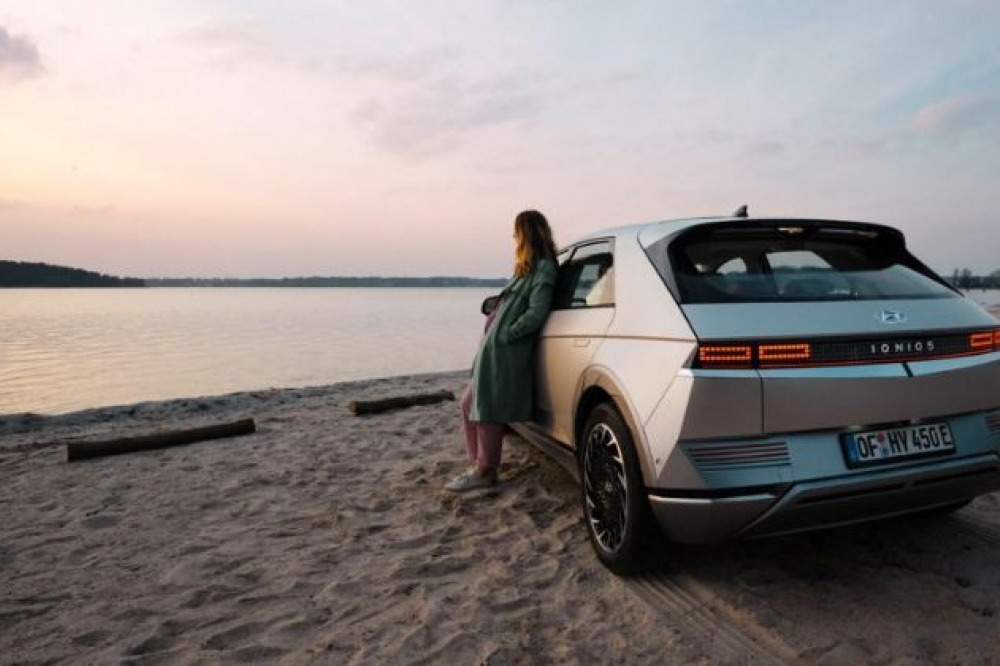SEAT begins construction of its battery laboratory in Spain
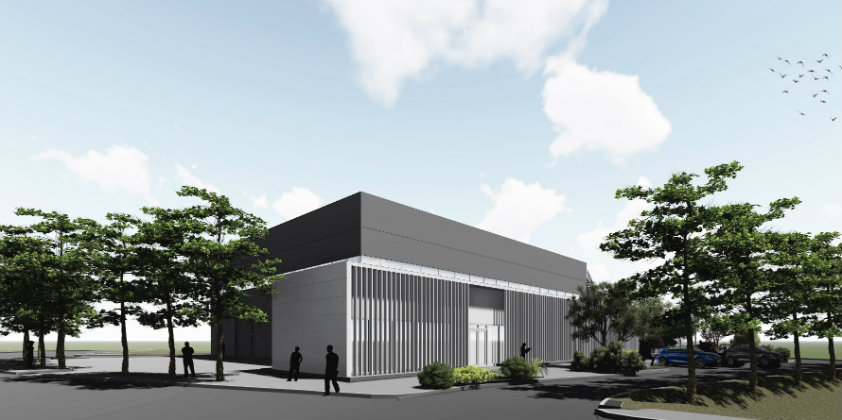
SEAT has begun work on the future Test Center Energy (TCE), the new
automotive battery lab that will be located at the SEAT plant in
Martorell. With an investment of more than €7 million ($8.26 million), the new centre will develop and test various energy systems for electric and hybrid vehicles. With a testing capacity that can reach 1.3 MW simultaneously, this facility will become a one-of-a-kind, pioneering electric battery laboratory in Spain. The construction of the TCE is included in the €5 billion ($5.9 billion) investment plan recently announced by the company.
The future building, whose construction will be completed in April 2021, will have an area of around 1,500 square metres and include different test spaces for the evaluation of cell modules with lithium-ion technology, medium and high voltage batteries, as well as different chargers used in the entire range of electrified vehicles. There are also plans for several climatic chambers that will enable the batteries and modules to be tested under extreme thermal conditions, simulating the different environments a car may experience during its life cycle. It will also feature a high-tech electronics lab to design and manufacture prototypes and build interfaces for the test systems.
In addition, a workshop will be set up that is specifically designed and equipped to carry out tests on electrified vehicles, with the capacity to work simultaneously with up to six cars. This space will be used to conduct various tests related to the performance of the energy system, functional safety and integration of functions. To this end, artificial vision systems will be incorporated into the instrumentation.
According to SEAT Vice-President for R&D Werner Tietz, “We are very excited to announce the launch of this project. SEAT has been committed to the electrification of the company for years and the construction of this unique new Test Center Energy in Spain is a firm step in this direction. This new battery lab will enable us to develop the energy systems of future hybrid and electric vehicles, thus contributing to the creation of sustainable electromobility.”
The new TCE will join the combined low, medium and high voltage battery lab built by the company in 2010. Over the past decade, SEAT has carried out national and international research projects and conducted more than 2,000 test cases. This facility has two climatic chambers and a test power of 200kW.
The carmaker is currently undergoing a transformation towards the electrification of the company and its brands. SEAT and CUPRA are going to launch five new electric and plug-in hybrid models in 2020 and 2021, which will be added to the electric version of the commercially available SEAT Mii. The Leon family will have plug-in hybrid electric models under the SEAT and CUPRA brand, manufactured in Martorell; the SEAT Tarraco will have a PHEV version and the CUPRA Formentor, the first model designed and developed for the CUPRA brand, will also have plug-in hybrid electric variants, which will be manufactured in Martorell.
In addition, the CUPRA el-Born will join the SEAT Mii electric as the company’s second all-electric vehicle. The new Test Center Energy provides the company with its own lab for testing the batteries of the future.
SEAT begins construction of its battery laboratory in Spain
Modified on Wednesday 7th October 2020
Find all articles related to:
SEAT begins construction of its battery laboratory in Spain


 Add to my Reading List
Add to my Reading List Remove from my Reading List
Remove from my Reading List